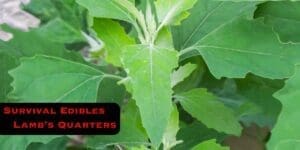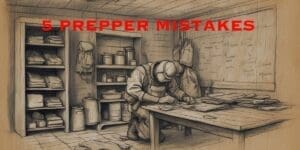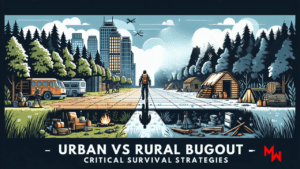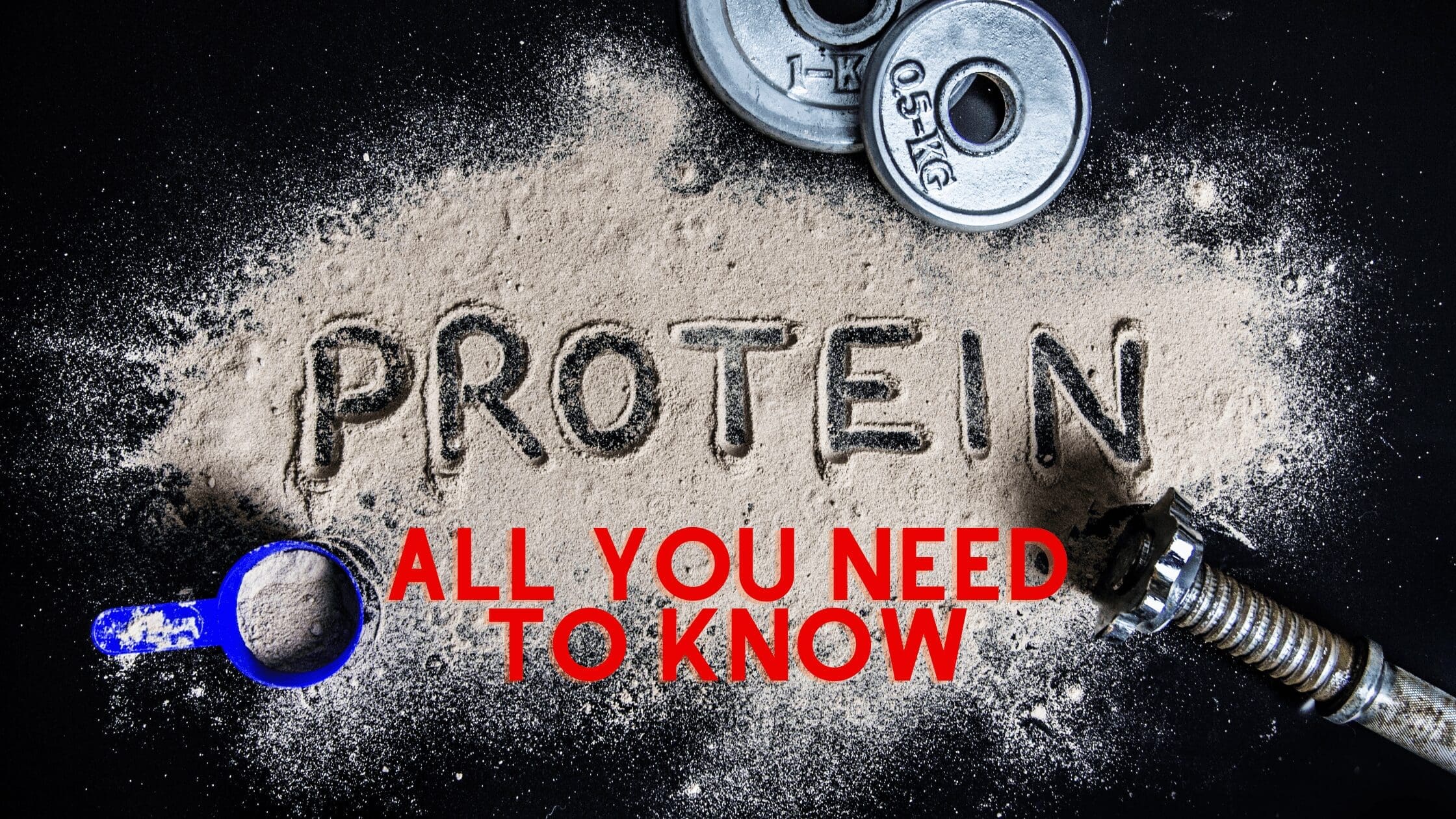Water is a fundamental resource that is essential for survival, and this holds especially true for those venturing into the wild. As a survival enthusiast, knowing how to find water in the wild is crucial for your well-being and survival. In this article, I will share some valuable tips and tricks to help you procure water in the wild, ensuring you stay hydrated and safe during your wilderness adventures.
Water Sources in the Wilderness
When you find yourself in the wild, it’s important to be aware of the various water sources that nature provides. Here are some common water sources you can tap into:
| Water Source | Description |
|---|---|
| Rivers, Streams, and Creeks | These flowing bodies of water are often reliable sources of freshwater. Look for clear, fast-moving water, as stagnant water may be contaminated. |
| Lakes and Ponds | These larger bodies of water can be a valuable water source. However, be cautious and purify the water before consumption, as they may contain harmful bacteria or parasites. |
| Natural Springs and Seeps | These are areas where groundwater naturally emerges from the earth. Springs and seeps often provide clean and safe drinking water. |
| Rainwater Collection | Collecting rainwater can be an effective way to procure water in the wild. Set up a rain catchment system using a tarp or other waterproof material. |
| Dew and Condensation | In certain environments, you can collect water from dew or condensation. Use a cloth or absorbent material to collect the moisture. |
| Underground Water Sources | In some cases, you may need to dig for water. Look for damp soil or signs of vegetation, as these can indicate the presence of underground water. |

Procuring Water in the Wild
Once you have identified a water source, it’s important to know how to procure water effectively. Here are some techniques you can use:
- Using Containers and Bottles: Carry containers or bottles to collect water from natural sources. Make sure they are clean and have a secure lid to prevent contamination.
- Constructing a Makeshift Water Filter: If the water source appears murky or contaminated, you can create a makeshift water filter using layers of cloth, sand, and charcoal to remove impurities.
- Utilizing Natural Materials: Nature provides various materials that can help you collect water. For example, you can create a solar still using a plastic sheet to collect condensation.

Purifying Water in the Wilderness
While some water sources may appear clean, it’s essential to purify the water before consumption to eliminate any potential contaminants. Here are some purification methods:
- Boiling Water: Boiling water is one of the most effective ways to kill harmful bacteria and parasites. Bring the water to a rolling boil for at least one minute.
- Chemical Purification Methods: Chemicals such as iodine or chlorine tablets can be used to disinfect water. Follow the instructions provided with the purification tablets.
- Filtration Systems and Devices: Portable water filters or filtration systems can remove impurities and make water safe to drink. Choose a filter that meets your specific needs.
- Solar Water Disinfection: Utilize the power of the sun to disinfect water. Fill a clear plastic bottle with water and leave it in direct sunlight for at least six hours.
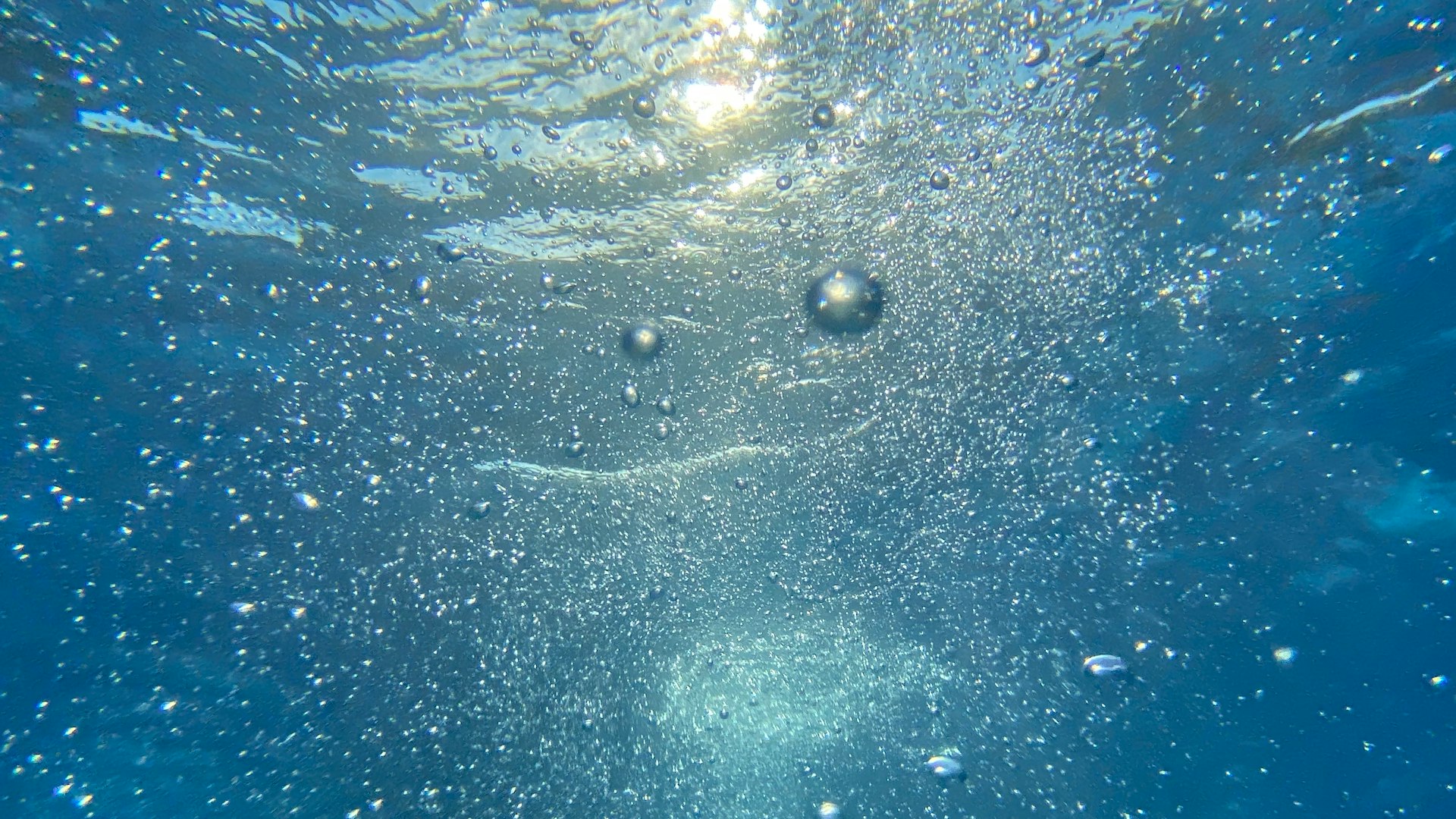
Survival Water Collection Methods
In addition to traditional water sources, there are other methods survival enthusiasts can employ to procure water in the wild. Here are a few techniques:
- Transpiration Bags and Solar Stills: Hang a transpiration bag from a tree branch to collect water from plants. Solar stills can also be used to extract moisture from the ground.
- Plant-Based Water Sources: Some plants, such as cacti or bamboo, contain water that can be extracted for hydration. Research the local flora to identify potential sources. Again, research as these are not as abundant as many people think. In particular with cactus…most are not a safe source for water.
- Animal Tracks and Signs: Animals often lead to water sources. Look for tracks, trails, or signs of animal activity to guide you towards water.

Wilderness Water Procurement Techniques
When navigating the wilderness, it’s essential to have the skills to find water sources. Here are some techniques to help you locate water:
- Navigation Techniques: Learn how to use a compass and map to navigate towards potential water sources. Familiarize yourself with topographic maps and orienteering.
- Reading the Landscape and Natural Indicators: Pay attention to the landscape and natural indicators that can point to the presence of water, such as lush vegetation or animal activity.
- Importance of Preparedness and Knowledge: The key to successful water procurement in the wild is being prepared and knowledgeable. Learn about local water sources and practice your skills before venturing into the wilderness.

Conclusion
Procuring water in the wild is a vital skill for survival enthusiasts. By understanding the various water sources, learning how to procure and purify water, and honing your survival techniques, you can ensure your hydration and well-being in the wilderness. Remember to always prioritize safety and be prepared for any situation. Stay hydrated and enjoy your wilderness adventures!













